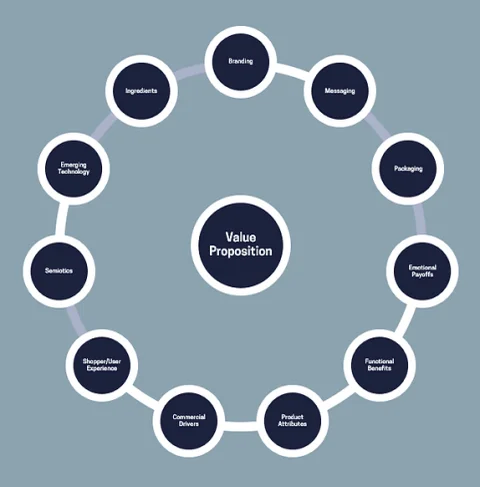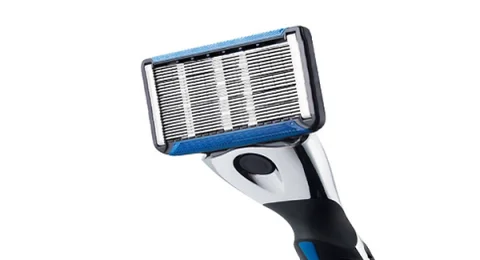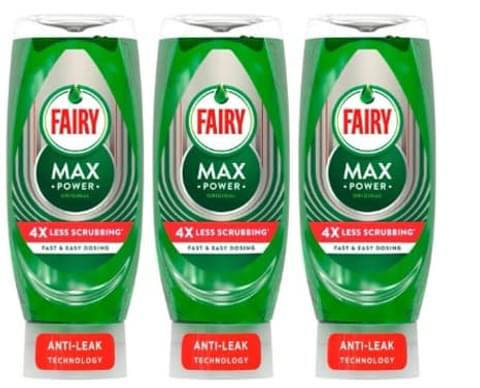How to protect brand value in turbulent times
Private label is resurgent as many shoppers check out cheaper alternatives. As a result, brands are becoming fixated on price. Are there alternatives that could better serve consumers and shareholders alike? In this article we explore the concept of value, and ways in which brands can maintain the upper hand.
Data just released by Catalina has confirmed what many brand managers already knew. In the 6 month period to July 17th, private label growth across America has surged. Some of the most impacted categories include baking mixes (+40% volume), soup (+17%) and cereal (+6%). Catalina’s Chief Analytics Officer offered the only plausible explanation, that ‘shoppers have become more price sensitive, and value driven in recent months.’
Most readers will appreciate that ‘value’ is not simply about price. Indeed, three-quarters of consumers in the U.S and U.K understand this, according to a recent Huxly poll. That said, we’ve seen a number of brand initiatives recently designed to cut costs in support of price competitiveness at shelf. Twix in the U.S and Magnum Ice Cream in the U.K are two of the most recent examples where size has been cut in pursuit of price maintenance.

Messing around with what made you famous in the hearts and minds of consumers can be a dangerous business.
We believe that in many cases, short-term cost engineering is not the optimal approach. If we consider brand communications, there is overwhelming evidence that trading long-term brand building for short-term sales activation does not work. History has also provided us with evidence that discounting has no long-term sales benefit and can be damaging to margins over time.
In recessionary times, we think brands must focus upon supporting perceptions of value, with an eye on longer term share gains.
Brands provide sanctuary
It wasn’t very long ago that consumers flocked to well-known household brands to provide reassurance in exceptional times, and although we may have moved beyond the worst, an air of fragility still looms large. People are increasingly concerned about their physical and mental state, the fate of this planet - and now the cost of living. For millions of consumers, a lot of things matter more, and as a result purchasing behaviour has become more intentional.
We believe that in uncertain times, brands will continue to provide sanctuary, but given changed circumstances, we recommend brands update their understanding of how consumers detect value across the total user experience.
To facilitate this, we have developed a mechanism (see below) that unpacks a brand’s value proposition – systematically and holistically. It’s an approach that informs where a brand may be over or under-engineering value. It achieves this by breaking down the consumer experience relative to the competitive set. It also identifies where meaningful value can be generated – from updated communications to a re-engineered set of sensory characteristics.
Specifically, we can use it to help with the following questions, and more:
What elements of my brand, pack and product deliver most value for my consumers?
How can I elevate perceived value across the total user experience?
Where can I make cost savings with little or no effect on perceived value?
Can I change to cheaper ingredients with little or no sensory impact?
How can I generate superior emotional outcomes that people will want to pay more for?
Sarah Rooney, SVP and Head of Huxly in the U.S says that the model is not an exercise as traditional cost engineering. “It's really about value recalibration - decoding what consumers need from your proposition and matching the offer to absolutely deliver on those aspects, while discovering and updating the less essential factors, using a consumer-first approach."

With post-corona consumers placing more importance upon areas such as self-care, social connections and honesty & transparency, new product opportunities that generate value for consumers are notably higher at the moment.
However, it is requests for help with existing products (renovation) that have become increasingly dominant in 2022. In these cases, we are able to uncover ways to increase perceived value in more conventional ways:
- Longer lasting formulas
- More effective formulas
- Time saving features
- New competitive claims
- Multi-functional capability
- Enhanced sensory experience
- Simplified user experience
To achieve a ‘simplified user experience’, consider what happened at Gillette. For many years, the company hung on to the belief that more blades directly supported its users quest for social confidence. However, it was a belief that the company stretched too far. The target consumer had evolved and was perfectly happy with more-than-capable 3 blade alternatives from Dollar Shave Club and Harry’s. It’s a reminder about how important it is to re-audit the consumer landscape from time to time – and particularly now!

Incidentally, be open to the fact that in many categories it is likely that consumers will place a higher value on simplicity. A simplified offer doesn’t always net out at lower perceived value.
Supporting Perceived Value
Here at Huxly, we’re picking up on a vibe shift among clients - from a focus on cost engineering to an exploration of value engineering - and we believe this has to be our way forward. Private label is indeed resurgent, so now is not the time to hack away yet again at what made you famous in the first place.
For many brands, this will not be the first time that their product has been shrunk. It may be the fourth or even fifth time! There comes a point when the product stops supporting the brand proposition.
That’s why we’re actively engaging with brands to unlock new ways across the full user journey that drive up overall value perception.
History dishes out plenty of inspiration. Procter & Gamble’s ‘Enduring Care’ campaign for Fairy Liquid in the U.K modernised the brand’s heritage and helped it grow share in a recession despite its premium price. More recently the company has launched Max Power with additional features such as ‘Anti-Leak technology’ to raise value perception further.

For packaging evolution, remember how Leffe Beer tapped into design cues from the world of champagne to bolster its perceived value in the beer category.
And when it comes to product engineering, the application of ‘sensory peaks’ have the potential to lift perceptions of a total user experience. Supercharging your product’s sensory signature can help you tap into behavioural science and the concept of loss aversion – making what people love about your brand even more potent so that they have more to lose by moving to a competitor! This sensory led approach to renovation is just starting to be realised, and we can help you apply it.
Just as consumers do, we must all recognise that value is more than about price. Now is the time for us to demonstrate to consumers that brands are still worth paying more for.
So, if you’re sitting there and wondering how to adapt to a fast moving situation, you are welcome to get in touch for an open and honest conversation about your challenges.
We’ve been working in this area a lot recently and are confident that we can help you identify new strategic options for your brand, supporting enhanced value perception in the face of a more demanding consumer.
Book your consultancy call today.






























